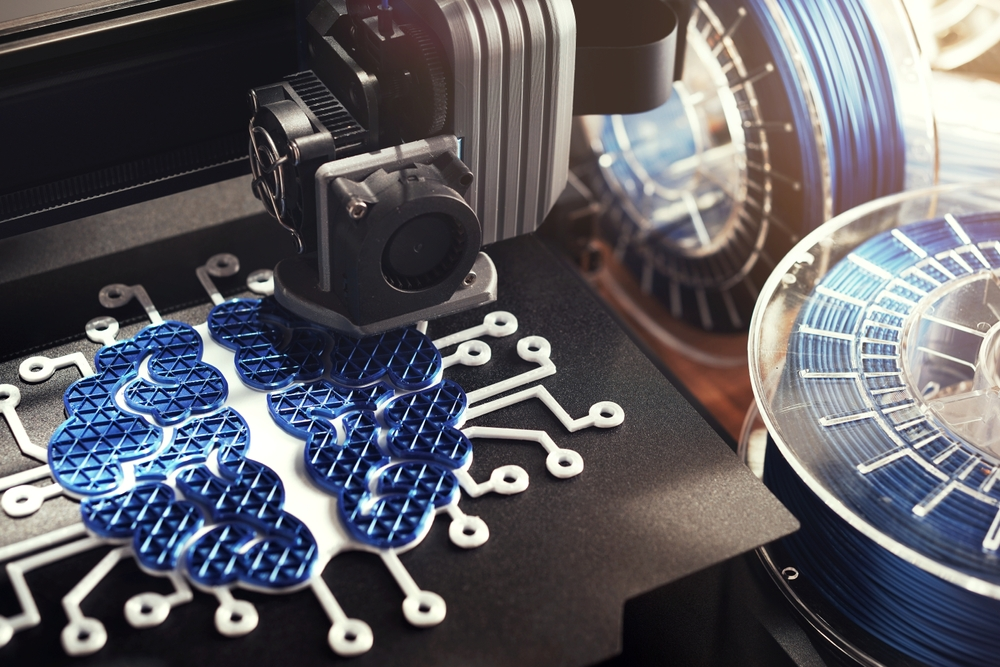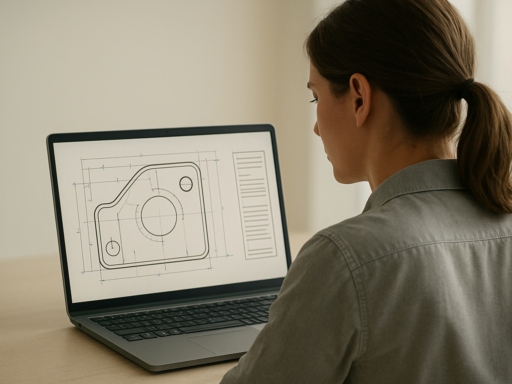In a ground-breaking development that could reshape neurology’s landscape, the University of Oxford has announced a 3D printer breakthrough aimed at aiding brain injury recovery. This pioneering effort marks the first instance of 3D-printed brain cells designed to “mimic the architecture of the cerebral cortex”.
Brain injuries, whether from trauma, stroke, or surgeries, often inflict significant damage to the cerebral cortex, leading to challenges in cognition, movement, and communication. With a staggering 70 million global traumatic brain injury cases annually, the urgency for effective treatments is evident. This 3D printing innovation could be the answer many have been waiting for.
The real challenge for 3D-printed brain tissues is not just in replication but ensuring they function akin to natural brain cells. Rising to this challenge, the Oxford team crafted a two-layered brain tissue using human neural stem cells. When these structures were introduced into mouse brain slices, they integrated seamlessly with the host tissue, hinting at their potential for human applications.
Highlighting the breakthrough’s significance, Dr.Yongcheng Jin said, “This advance is a giant leap towards fabricating materials that mirror natural brain tissues.” Associate professor Francis Szele added, “Using living brain slices showcases the immense potential of 3D printing in brain repair.”
The 3D printing technique employs human induced pluripotent stem cells (hiPSCs), known for their potential to replicate most human tissue cell types. A standout feature of hiPSCs is their origin from patients’ cells, ensuring no immune response issues. These cells were differentiated and suspended in a solution to produce two “bioinks,” resulting in a two-layered structure. Impressively, these printed tissues retained their layered cellular architecture for weeks and, when implanted, showcased strong integration and signaling activity.
As the medical community confronts brain injury challenges, this 3D printing advancement stands out. While its real-world success hinges on further research and trials, the future seems bright for 3D-printed neural tissues.





